12 Perennials That Make Your Garden a Haven for Wildlife
A garden feels more alive when butterflies, birds, and bees come to visit. Perennials can help bring that kind of energy right to your yard. These plants grow back every year, so you do not need to replant them each season. Some are great for attracting pollinators, while others provide shelter or food. With the right mix, your garden can become a welcome stop for all kinds of wildlife.
This post may contain affiliate links, which helps keep this content free. Please read our disclosure for more info.
Coneflower (Echinacea)
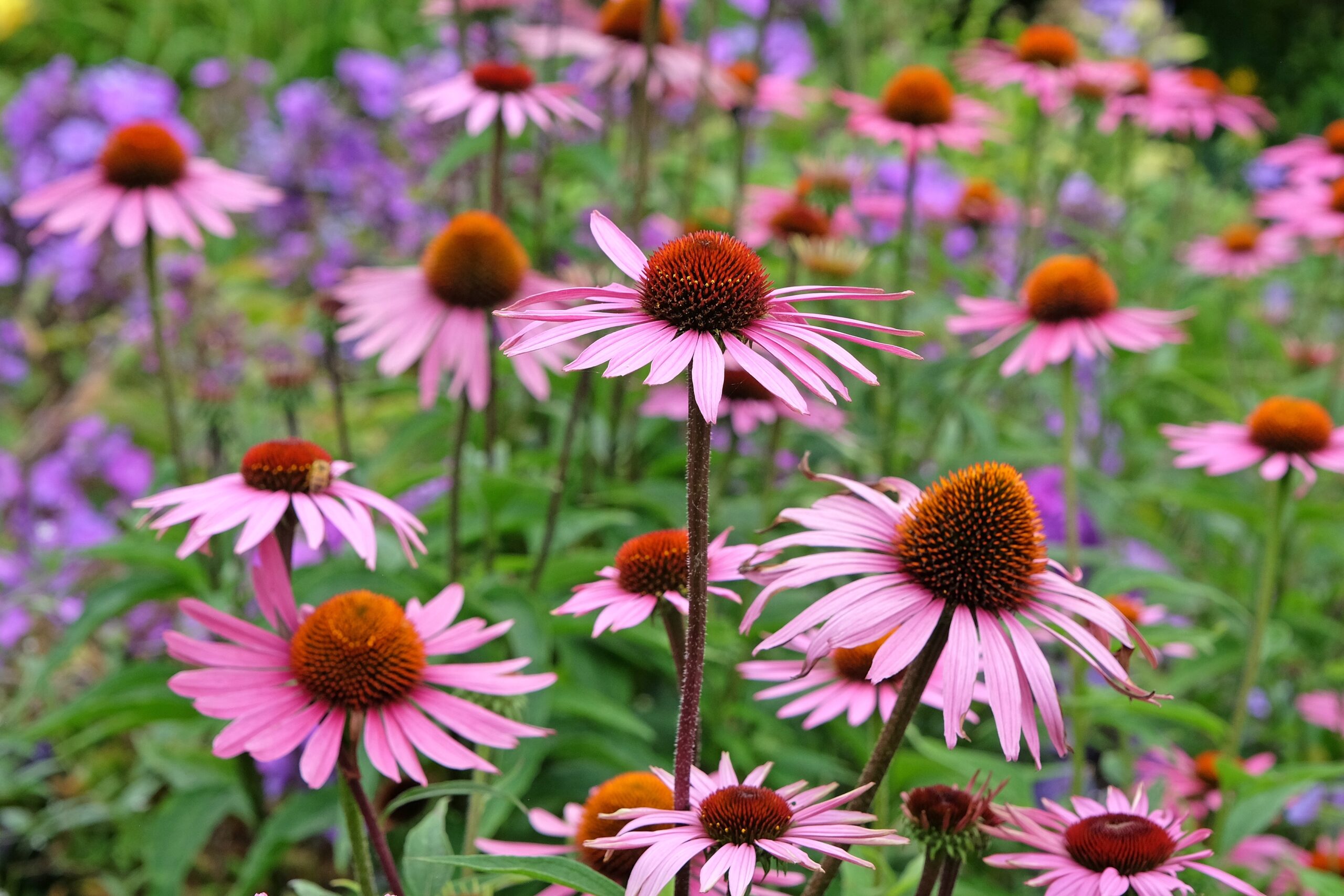
Coneflowers are easy to grow and attract butterflies and bees with their bright purple petals. The large, daisy-like blooms offer a steady supply of nectar throughout the summer. Birds, especially goldfinches, enjoy the seeds once the flowers dry out. This plant thrives in sunny spots and can handle dry soil.
Coneflowers also help fill your garden with color for several months. They return each year with very little care needed. You can leave the dried seed heads in place for winter interest and food. This simple addition brings both beauty and life to your outdoor space.
Bee Balm (Monarda)
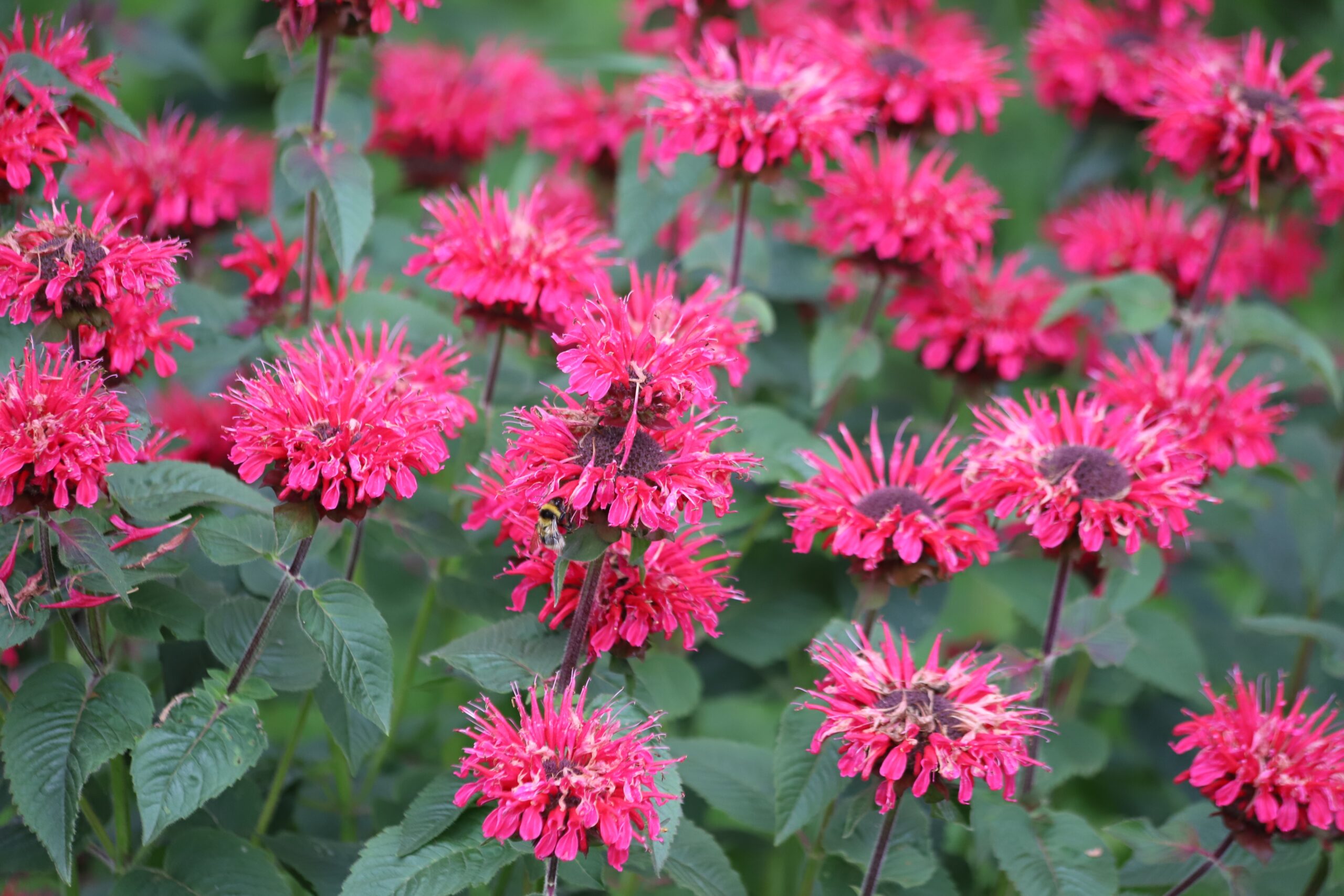
Bee balm is loved by hummingbirds, butterflies, and bees. Its tubular flowers are perfect for pollinators and come in shades of red, pink, and purple. The plant gives off a minty scent and spreads easily in garden beds. It grows best in full sun with moist, rich soil.
This perennial blooms in mid to late summer and can grow up to four feet tall. Its height and vibrant color make it a standout choice for wildlife-friendly gardens. You may see hummingbirds visit often as they enjoy the nectar. Bee balm is also known to resist deer, making it a helpful option for rural areas.
Black-eyed Susan (Rudbeckia)
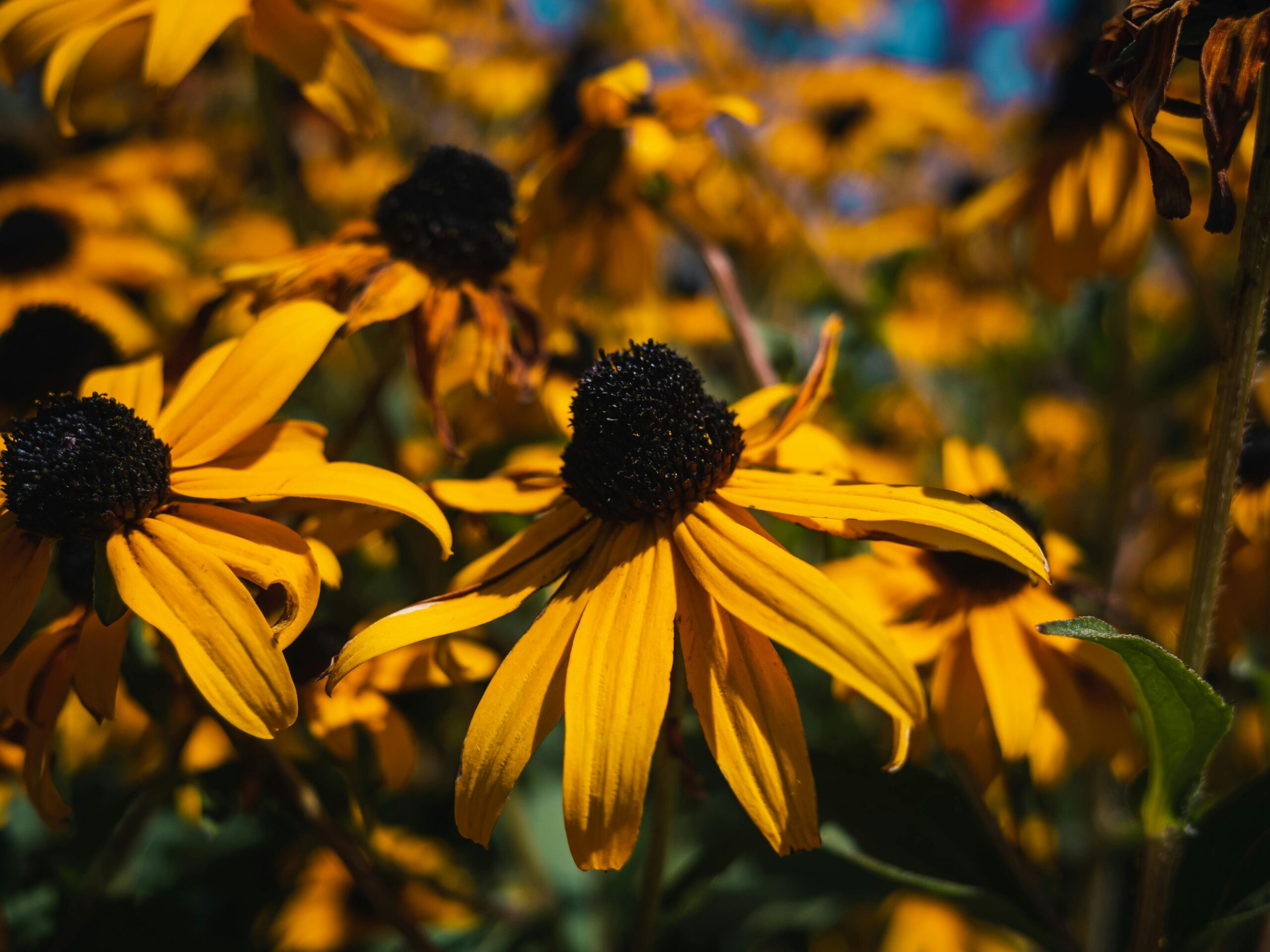
Black-eyed Susans have golden yellow petals and a dark center, which attracts butterflies and bees. Their sturdy blooms last from summer into early fall. Once the flowers go to seed, small birds will come to feed. This hardy plant tolerates drought and poor soil.
They thrive in sunny locations and work well in natural-looking garden spaces. Their strong stems hold up well in wind and rain. These cheerful flowers are low-maintenance and multiply over time. They add both color and wildlife appeal without much effort.
Milkweed (Asclepias)
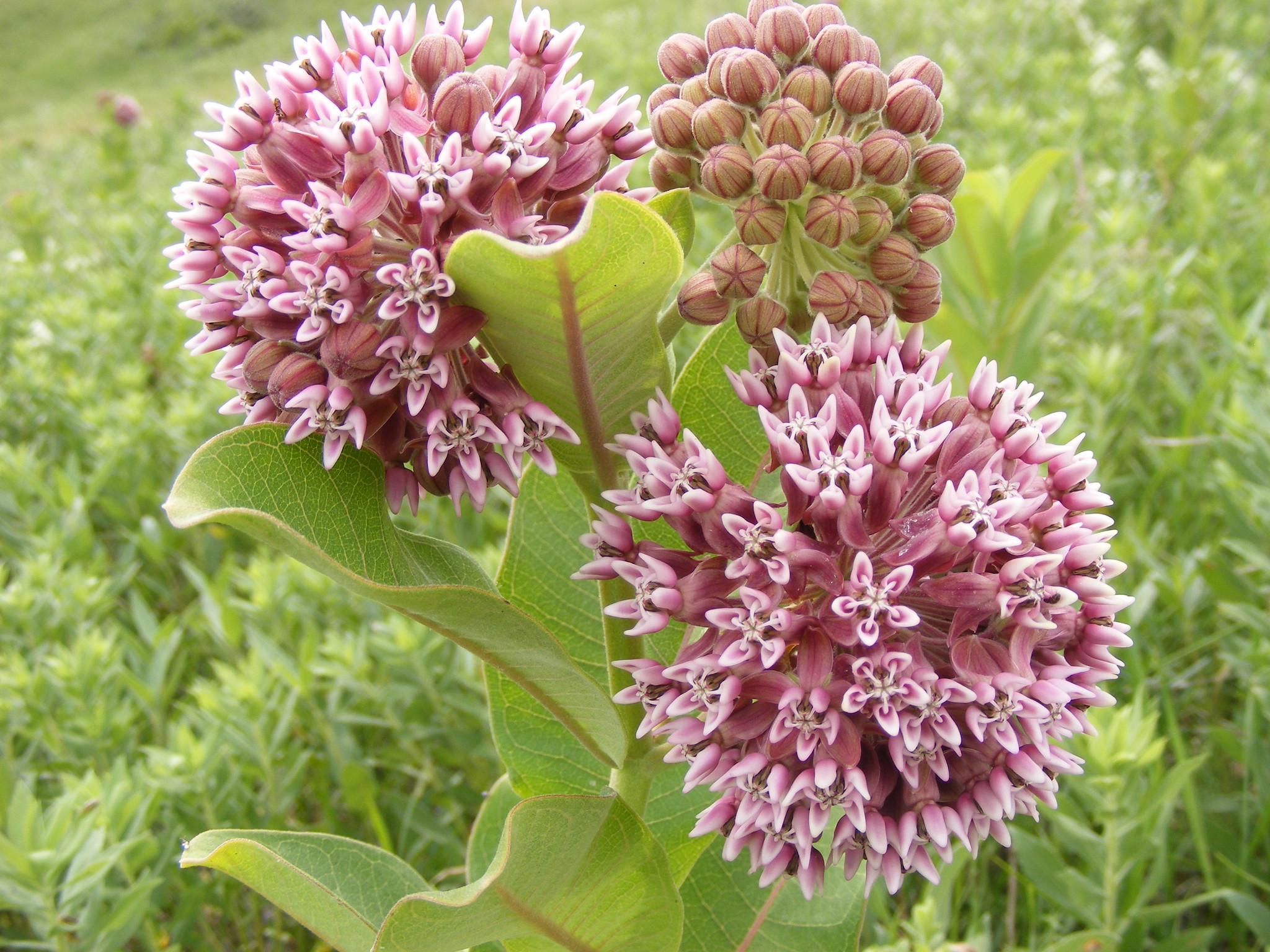
Milkweed is one of the most important plants for attracting monarch butterflies. It serves as both a nectar source and a place for them to lay eggs. The plant also draws bees and other pollinators. Its pink, orange, or white flower clusters have a sweet scent.
Milkweed grows best in full sun and can tolerate dry soil. Once established, it comes back stronger each year. Leaving it in place during winter helps support overwintering insects. It is a great choice for any wildlife-friendly garden plan.
Lavender
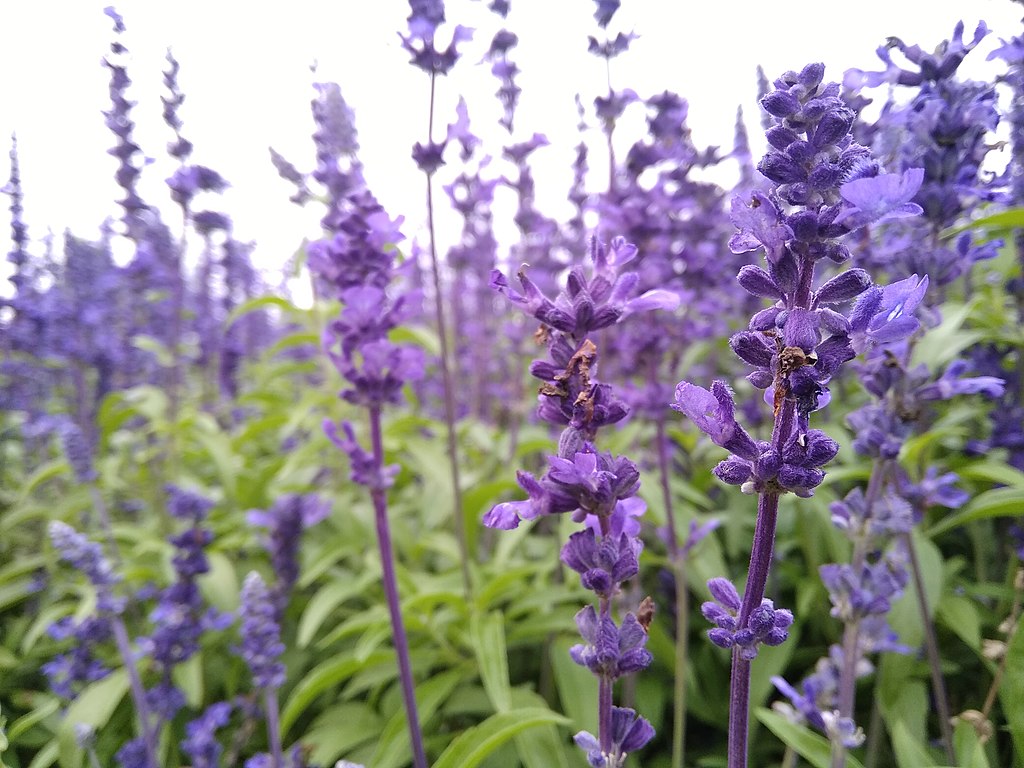
Lavender’s fragrant purple blooms attract bees and butterflies throughout the summer. The plant thrives in sunny, well-drained soil and can handle dry conditions. Its strong scent also helps keep pests like mosquitoes away. Birds may use dried stems in their nests.
This low-maintenance herb has both visual and wildlife benefits. It can be trimmed after flowering to keep a neat shape. Lavender looks great in borders, rock gardens, or containers. It brings gentle movement and color along with helpful visitors.
Aster
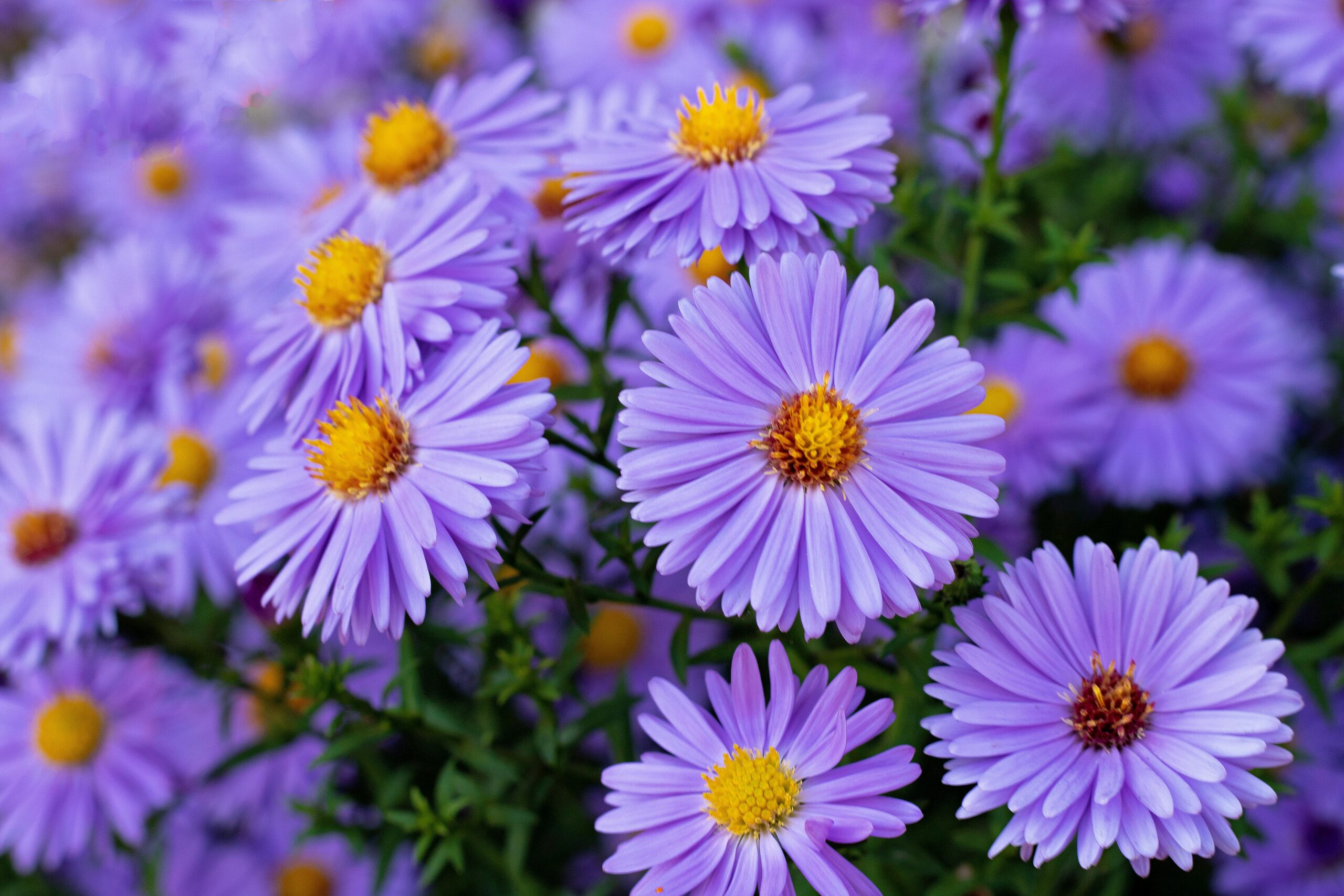
Asters bloom late in the season, giving pollinators a vital food source in the fall. Butterflies, especially monarchs, flock to their star-shaped flowers. Bees also visit asters for nectar before colder weather sets in. They come in many shades, including purple, pink, and blue.
These perennials prefer full sun and do well in mixed borders. They help extend the blooming season in your garden. Birds may eat the seeds once flowers fade. Asters add both color and purpose to any wildlife-friendly yard.
Joe-Pye Weed
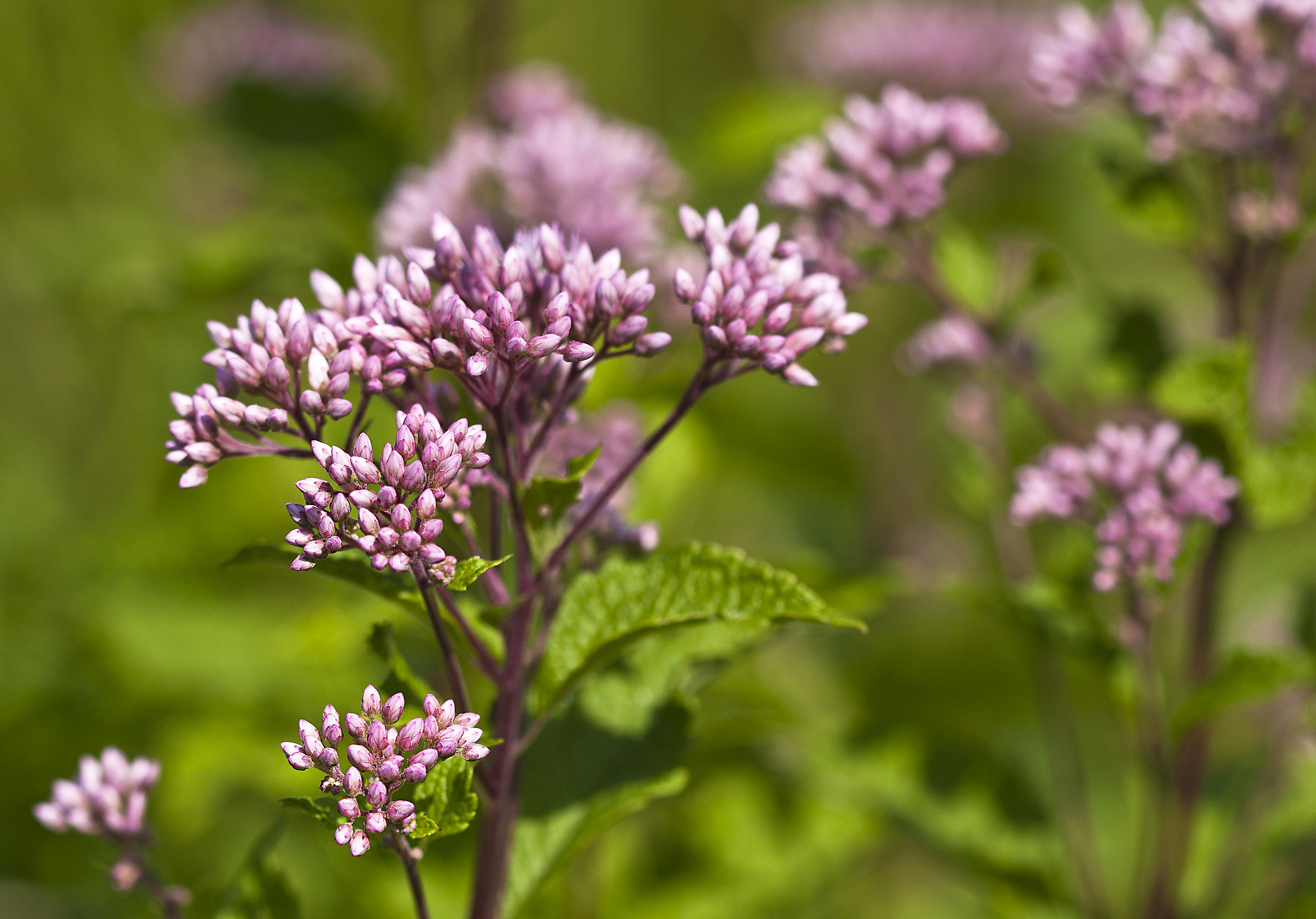
Joe-Pye weed produces large, fluffy clusters of pink or purple flowers. It is a magnet for butterflies, especially swallowtails, and also attracts bees. The plant can grow quite tall and enjoys moist, sunny spots. It works well near ponds or in rain gardens.
This perennial brings a wild, natural look to garden spaces. It blooms in late summer when many other plants start to fade. Birds sometimes perch on its tall stems or feed on insects nearby. Joe-Pye weed is a great pick for larger gardens that welcome visitors from nature.
Yarrow (Achillea)
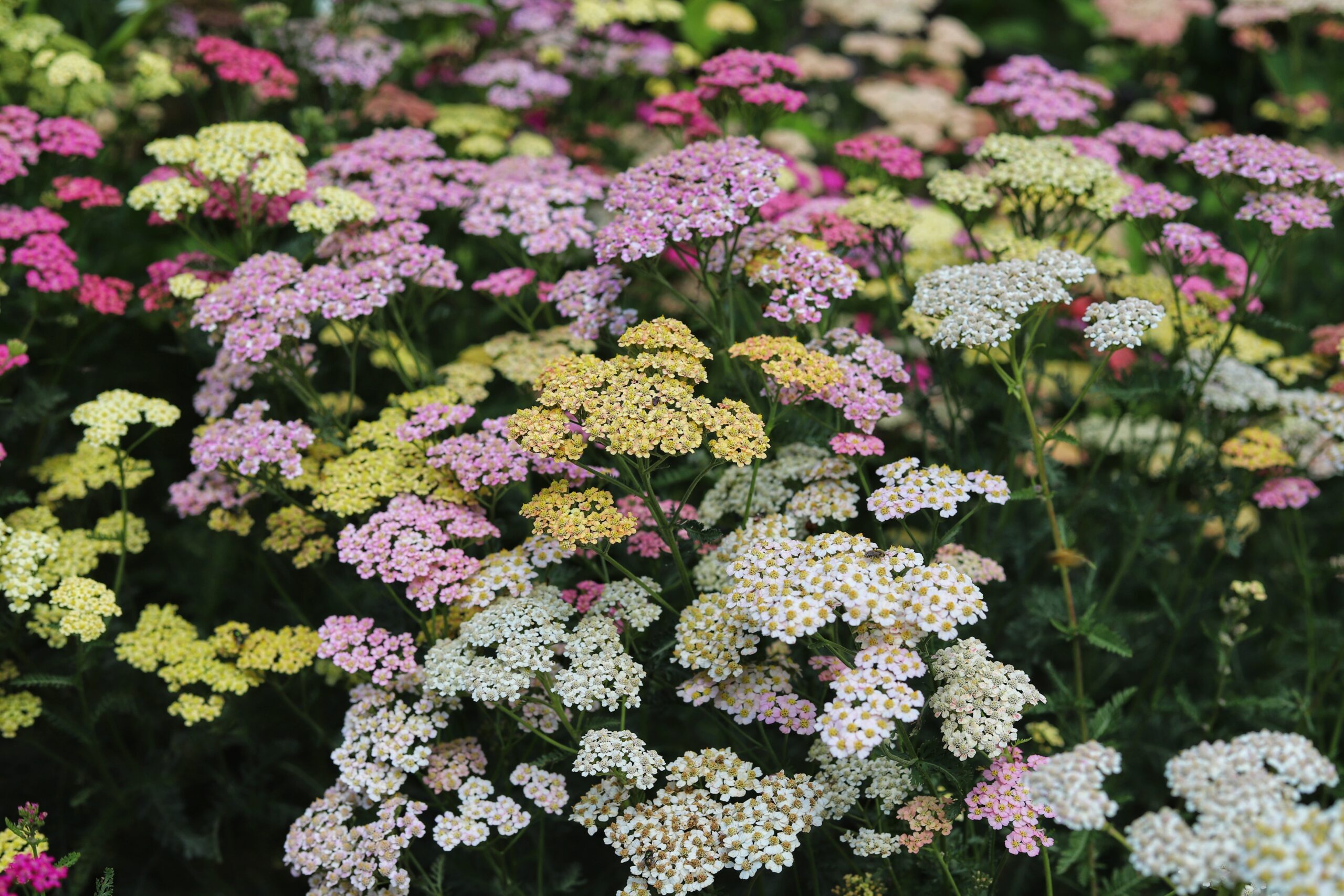
Yarrow has flat clusters of tiny flowers that attract bees, butterflies, and ladybugs. It blooms in many colors including white, yellow, and pink. The plant tolerates dry soil and spreads slowly over time. It is a great fit for borders or sunny open spaces.
Yarrow can also help with pest control by bringing in beneficial insects. It thrives with little water and needs full sun. Birds may come to forage in nearby areas. Yarrow is both beautiful and helpful in drawing life to your garden.
Lupine
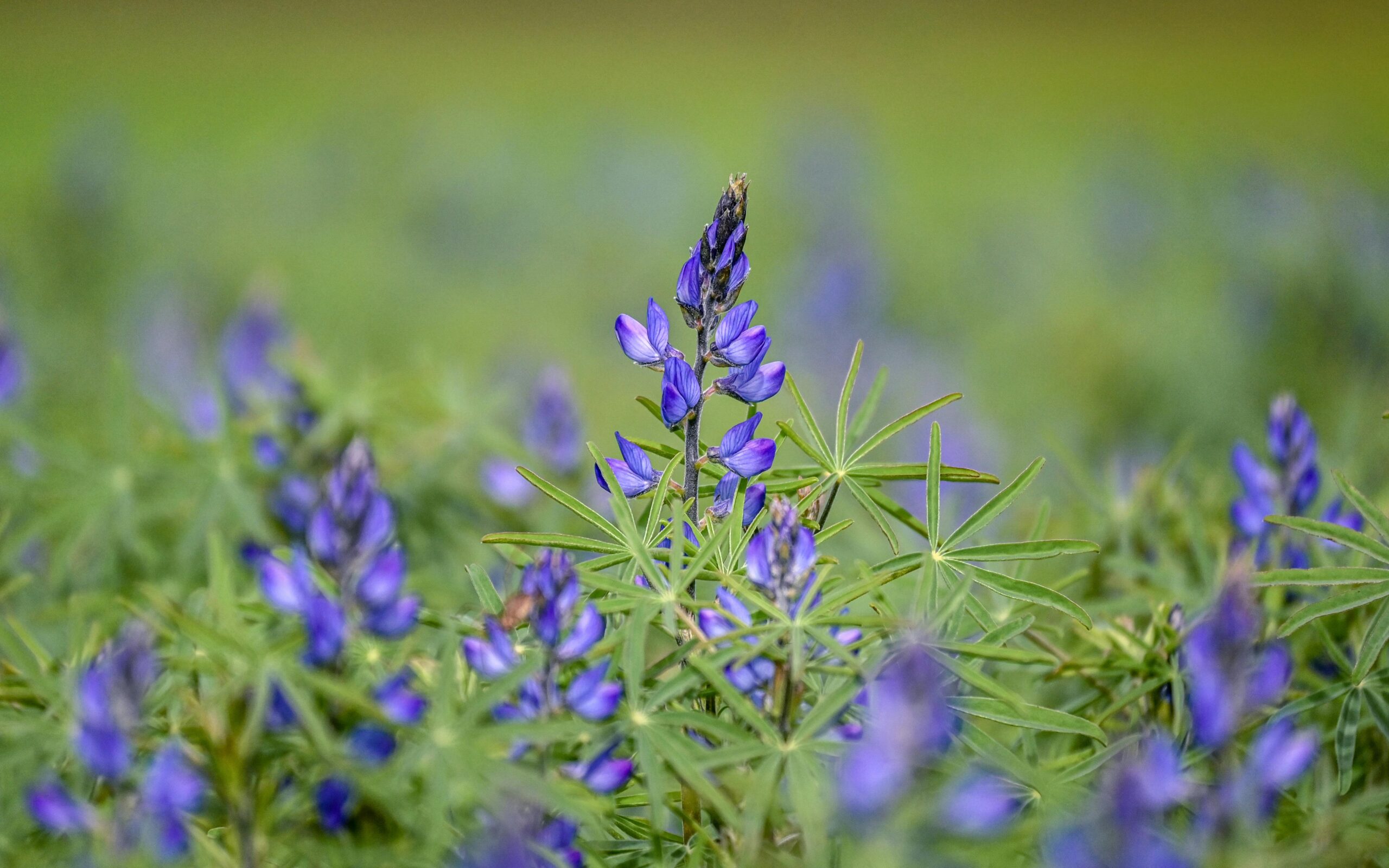
Lupines produce tall spikes of flowers that draw bees and butterflies. Their deep roots help improve the soil by fixing nitrogen. The blooms come in many colors, from purple and blue to yellow and pink. They grow well in sunny, well-drained areas.
This plant gives early-season food for pollinators. Lupines look striking in clusters and add height to garden beds. Their strong stems can support insects and small birds. You may find them spreading naturally over the years.
Coreopsis
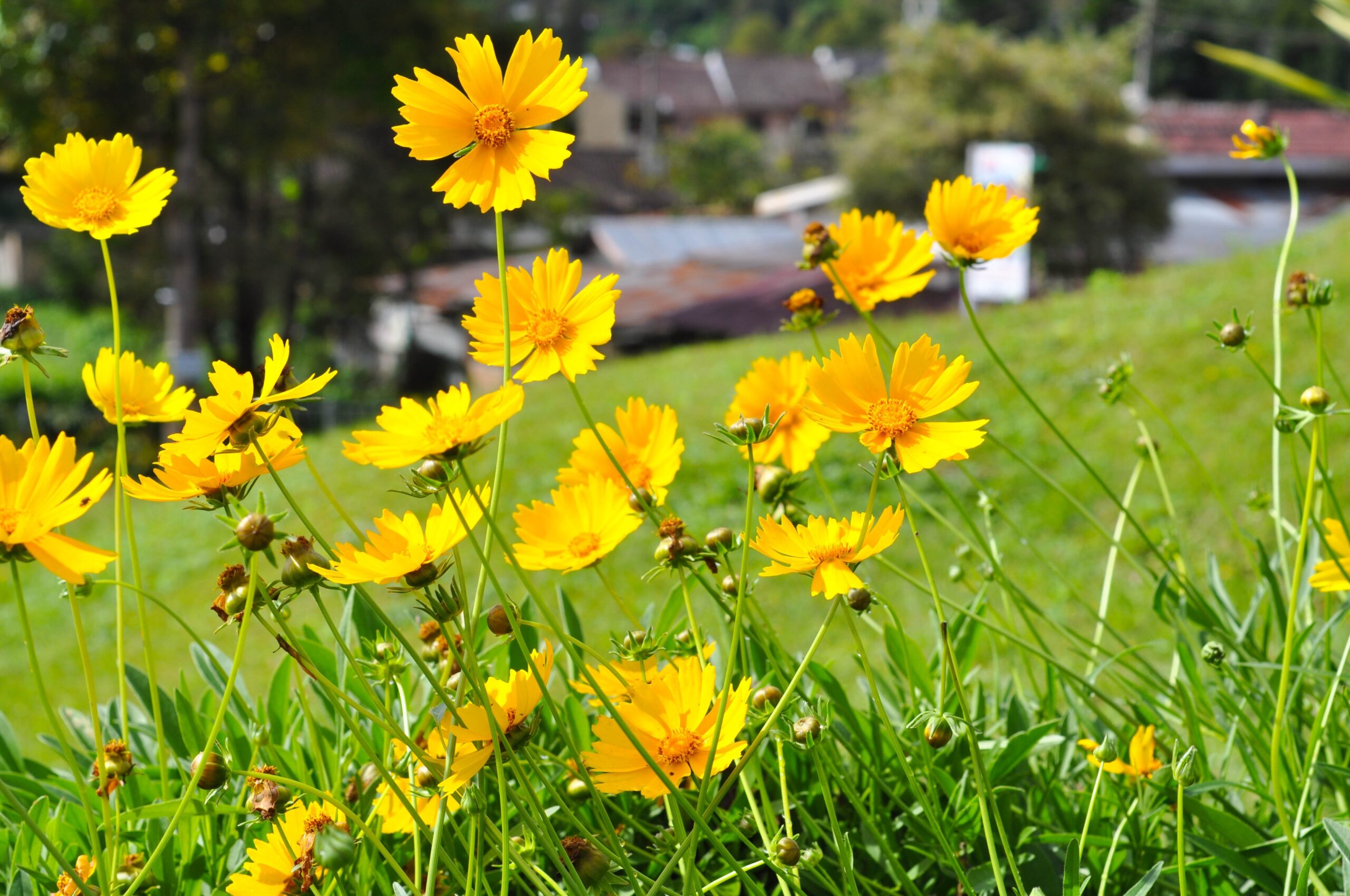
Coreopsis, also called tickseed, is known for its long bloom period and bright yellow flowers. Butterflies flock to the open blooms for nectar, while birds feed on the seeds. It grows well in full sun and needs little watering once established. The plant fits nicely in both formal and wild garden styles.
Its cheerful look makes it a favorite in pollinator gardens. Coreopsis can bloom from late spring into fall. The plant spreads gently, making it easy to maintain. It adds both movement and life to any outdoor space.
Goldenrod (Solidago)
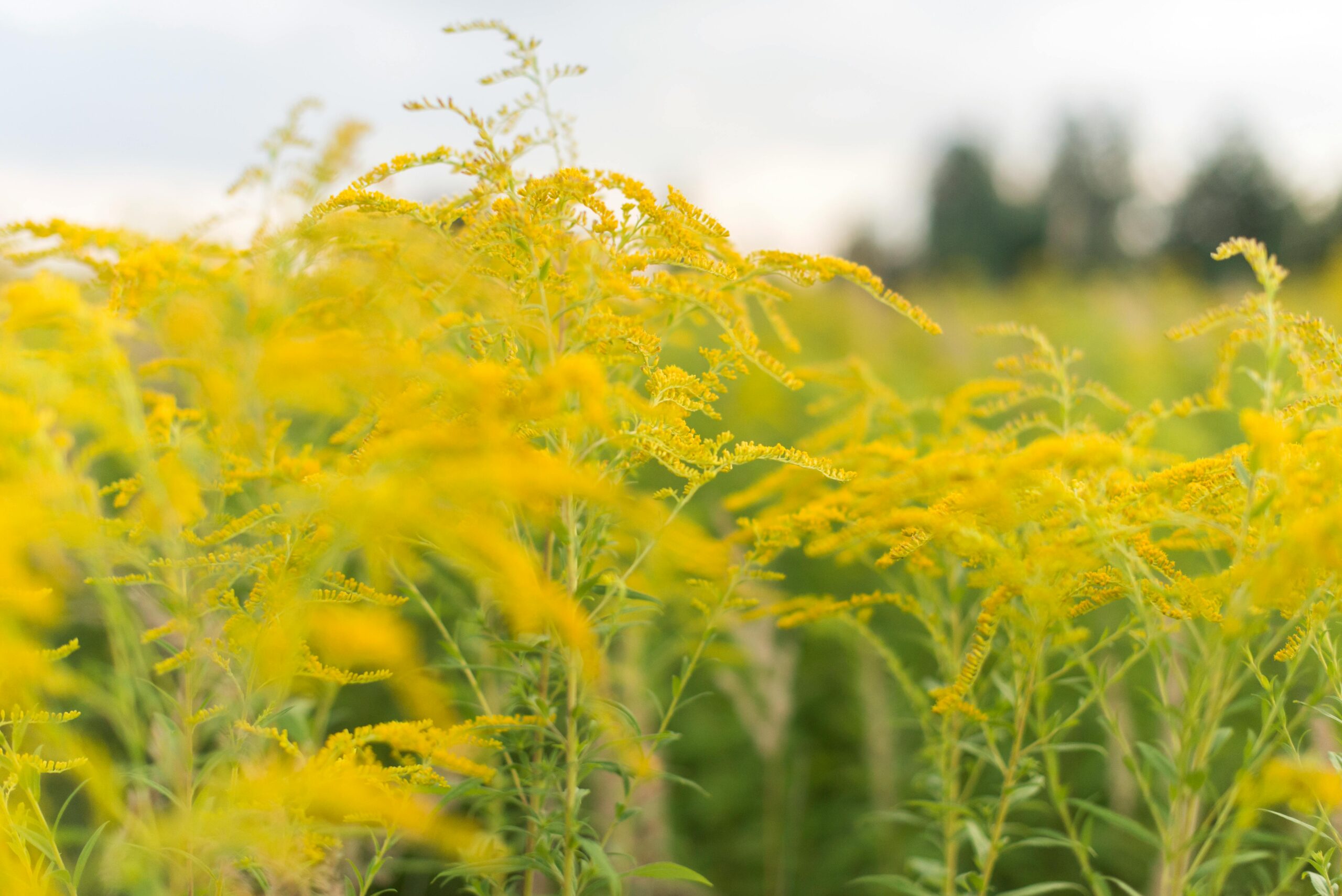
Goldenrod blooms late in the season and provides important food for bees and butterflies. Its tall yellow flower spikes are often buzzing with activity. Despite the myth, goldenrod does not cause allergies like ragweed does. It thrives in full sun and handles tough conditions well.
This plant is helpful during fall migration when birds and insects need extra energy. It can grow in prairies, fields, and garden beds alike. Goldenrod’s bright color stands out against other fading plants. It brings action and interest late into the gardening season.
Columbine (Aquilegia)
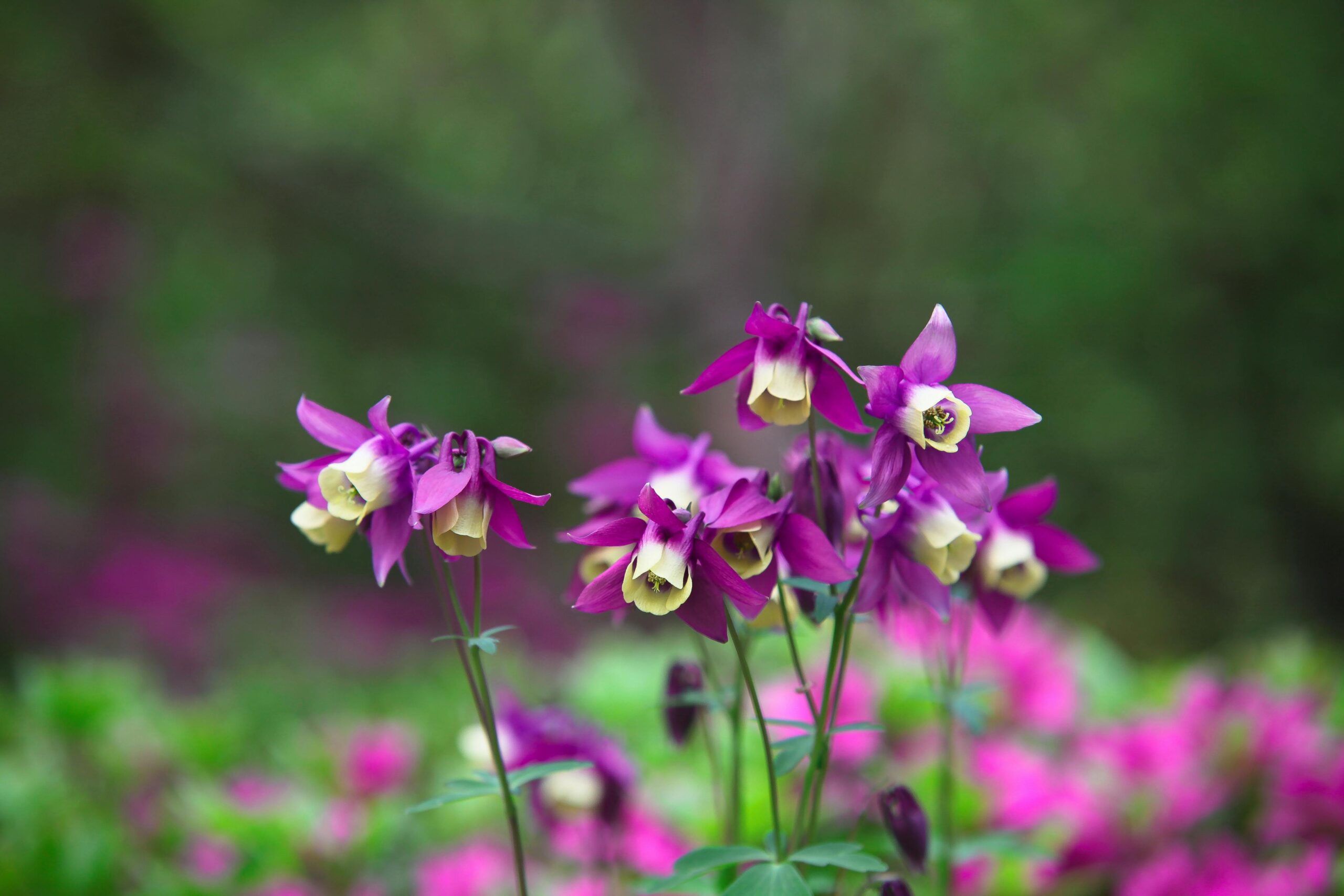
Columbine has delicate, nodding flowers that attract hummingbirds and butterflies. The unusual shape of the blooms makes them perfect for long-tongued pollinators. Columbine does best in part shade with well-drained soil. It comes in soft pastels and bold colors alike.
This plant self-seeds easily, so you may find new plants each spring. It adds a whimsical touch to shady garden corners. Small birds sometimes perch on the airy stems. Columbine is a simple way to bring more life to less sunny spaces.
Adding perennials to your garden is a great way to welcome birds, bees, butterflies, and more. These plants come back year after year, making your space both lively and low-maintenance. With the right mix, you can enjoy color, movement, and the calming presence of wildlife. It is a simple way to turn your garden into a peaceful retreat full of natural visitors.
This article originally appeared on Avocadu.
